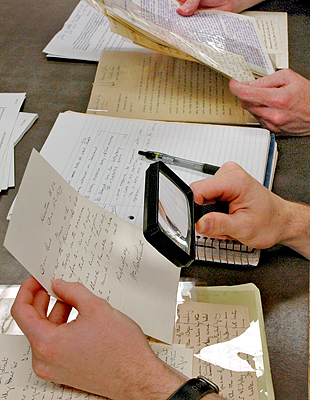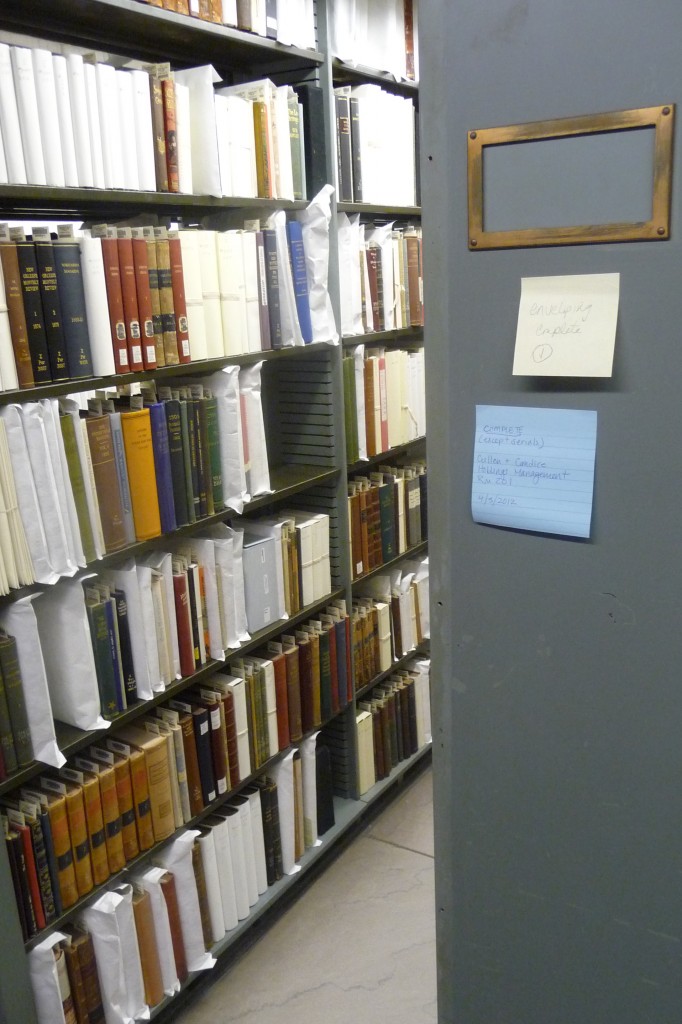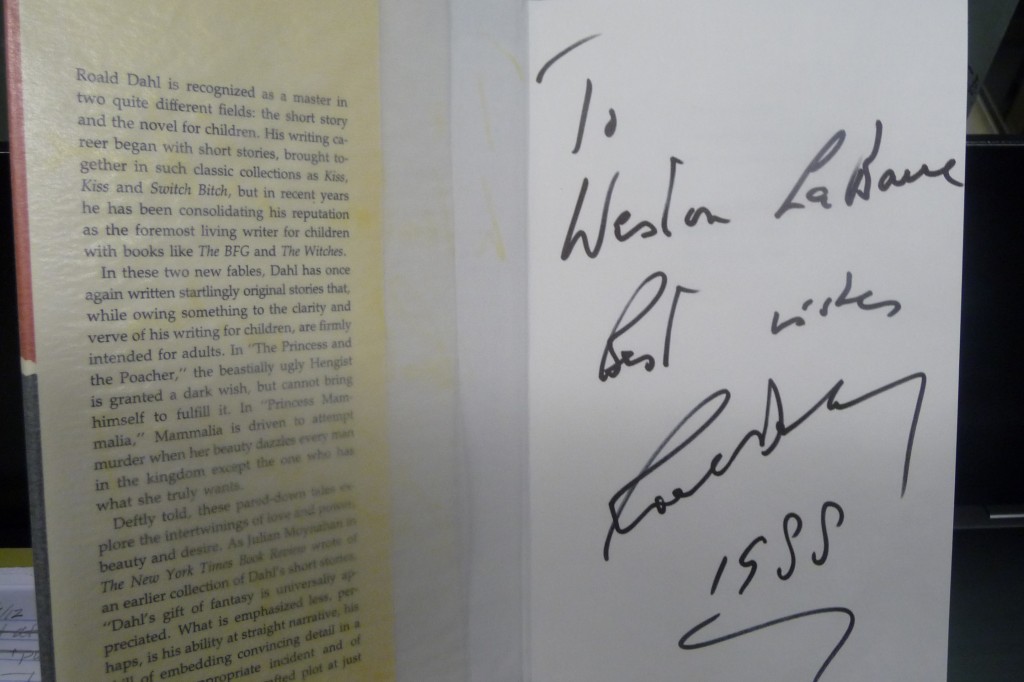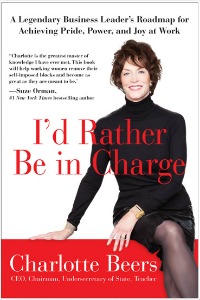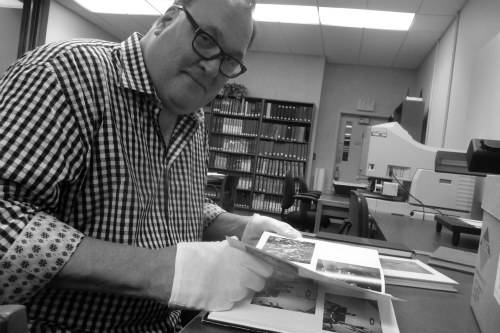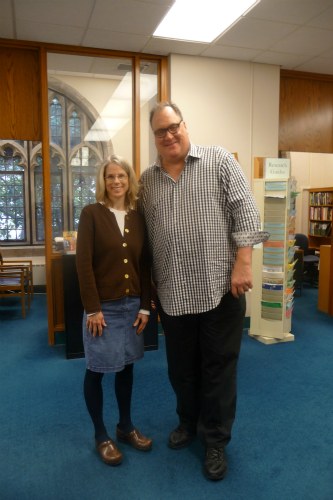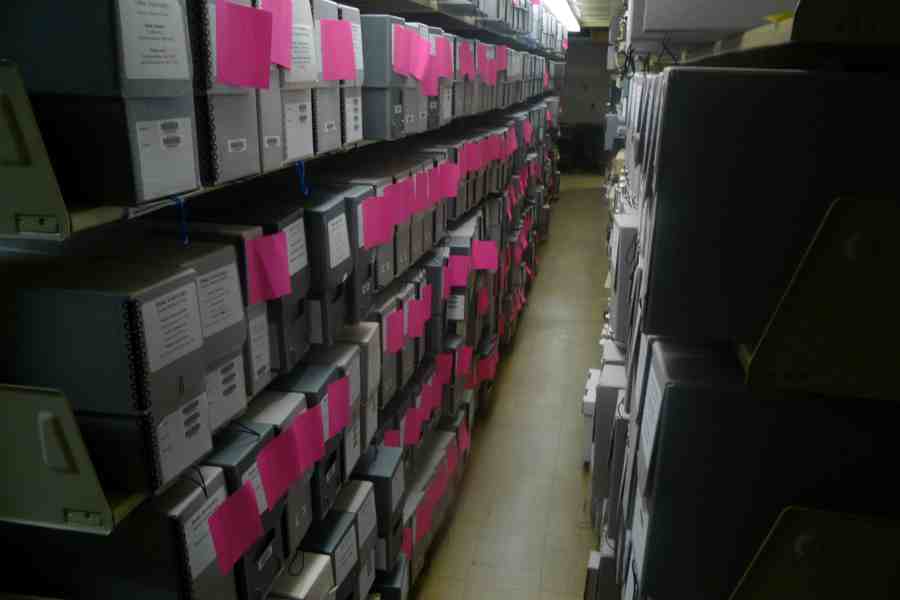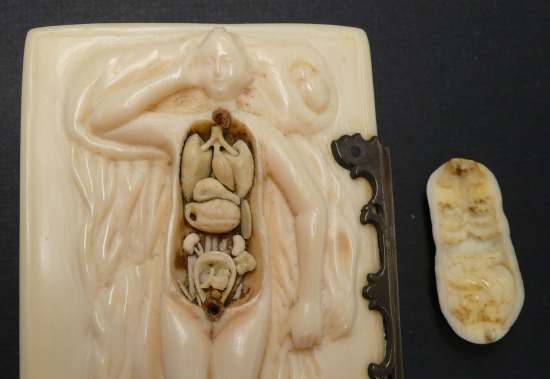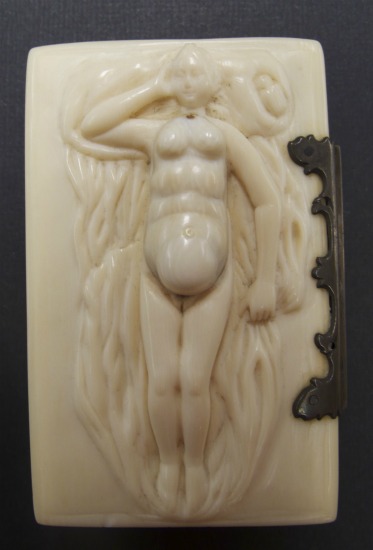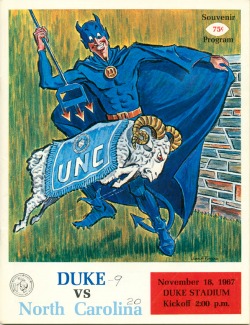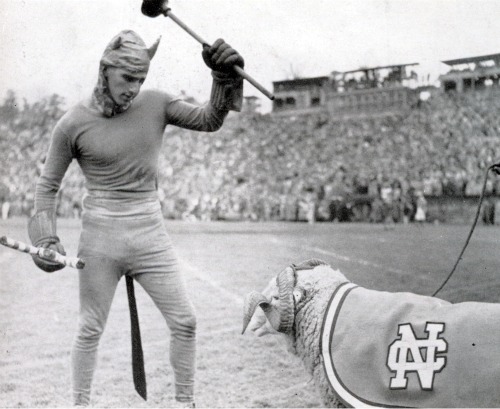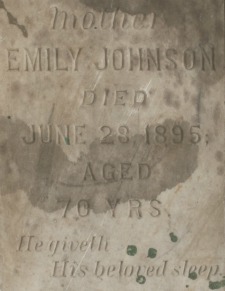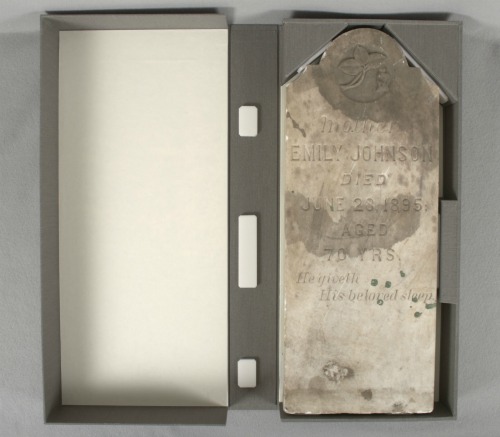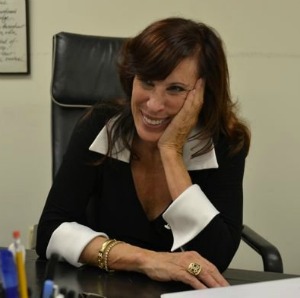Or, How I Learned to Stop Worrying About the Move and Obsess About Book Trucks.
When I started as Collections Move Coordinator, I knew it would be a challenging task involving inventories, spreadsheets, and endless logistics, as well as coordinating the work of students, colleagues, and staff in other departments. What I had not counted on was the number of supplies we would need to gather to complete the move. I spent my first two months on the job compiling opinions on carts, boxes, barcode scanners, shipping bins, and even post-it note color preferences (this was a particularly long discussion and search). I have become particularly obsessed with carts. There are so many different designs — so many ways to get your rare and unique materials from here to there and back again. But of course it takes more than just carts to move the Rubenstein Library. Below, please find a gallery of some of my favorite move supplies.
 Code Name: “The Biscuit.” (Seriously, that’s what the manufacturer calls it.)
Code Name: “The Biscuit.” (Seriously, that’s what the manufacturer calls it.)
This height-adjustable table is truly the caddy of carts. It is ideal for reviewing collections in the stacks: narrow enough to fit between ranges of material and big enough to fit a laptop, barcode scanner, dust mask and measuring tape (I carry these with me at all times). The height-adjustable feature is amazing and keeps my colleagues and me from getting sore necks as a result of bending over our laptops.
 Code Name: “Bubbles.”
Code Name: “Bubbles.”
It’s bubble wrap, people: lots and lots of bubble wrap.
Code Name: “Ol’ Reliable.”

These sturdy wooden carts are the friends of everyone in the library, and we treat them sort of like cattle. Each department brands them, protects them fiercely, and works hard to rustle them up when one gets separated from the herd. Also, it’s fun to think about librarians and archivists as cowboys and girls on the frontier, wrangling up books and historical materials.
Code Name: “Fuchsia.”
 When a manuscript box has been checked and is ready to move, we put a pink post-it note on it. This way everyone easily knows what collections have already been prepped and which need work. Plus, who doesn’t love a little extra color in the stacks!
When a manuscript box has been checked and is ready to move, we put a pink post-it note on it. This way everyone easily knows what collections have already been prepped and which need work. Plus, who doesn’t love a little extra color in the stacks!
Post contributed by Molly Bragg, Collections Move Coordinator.




